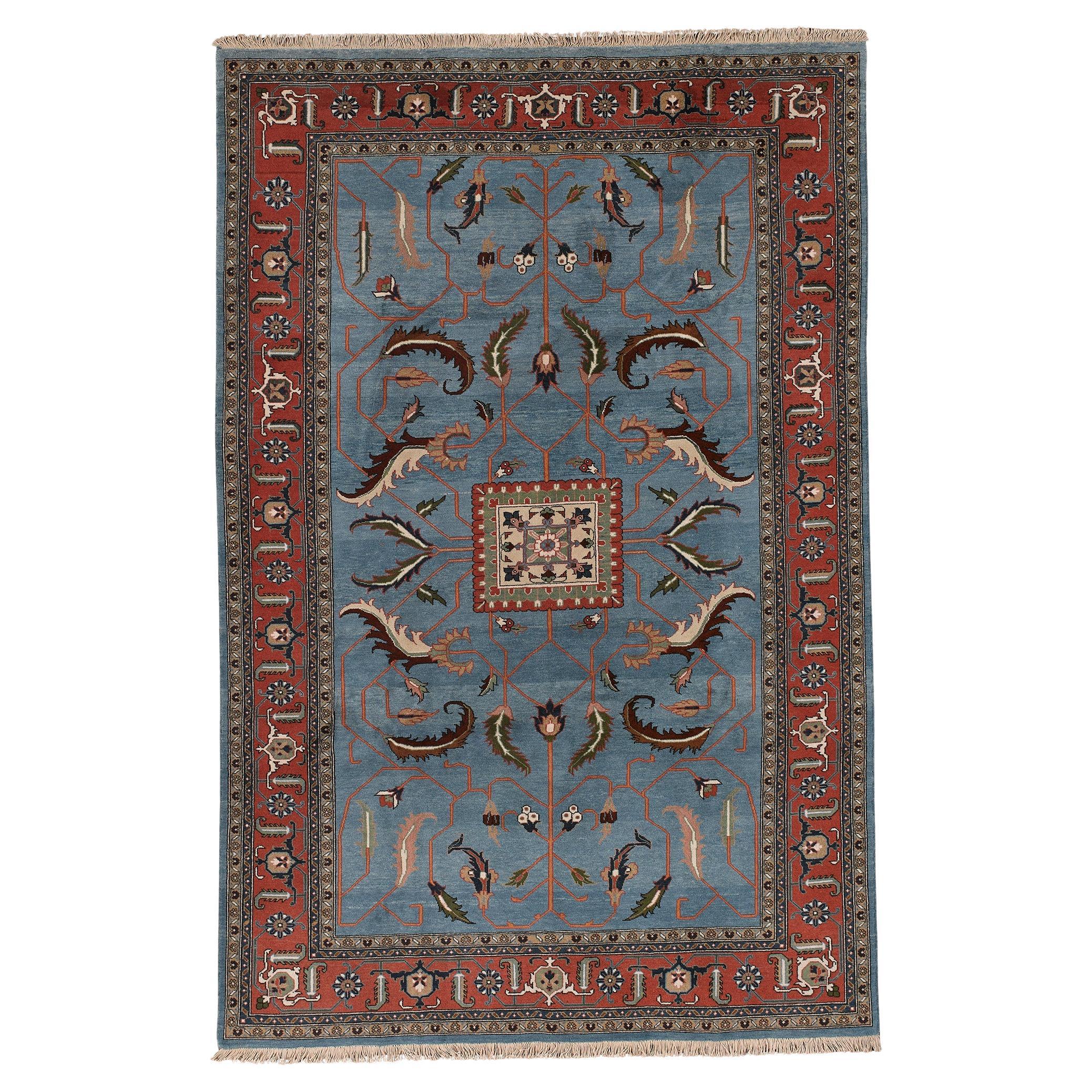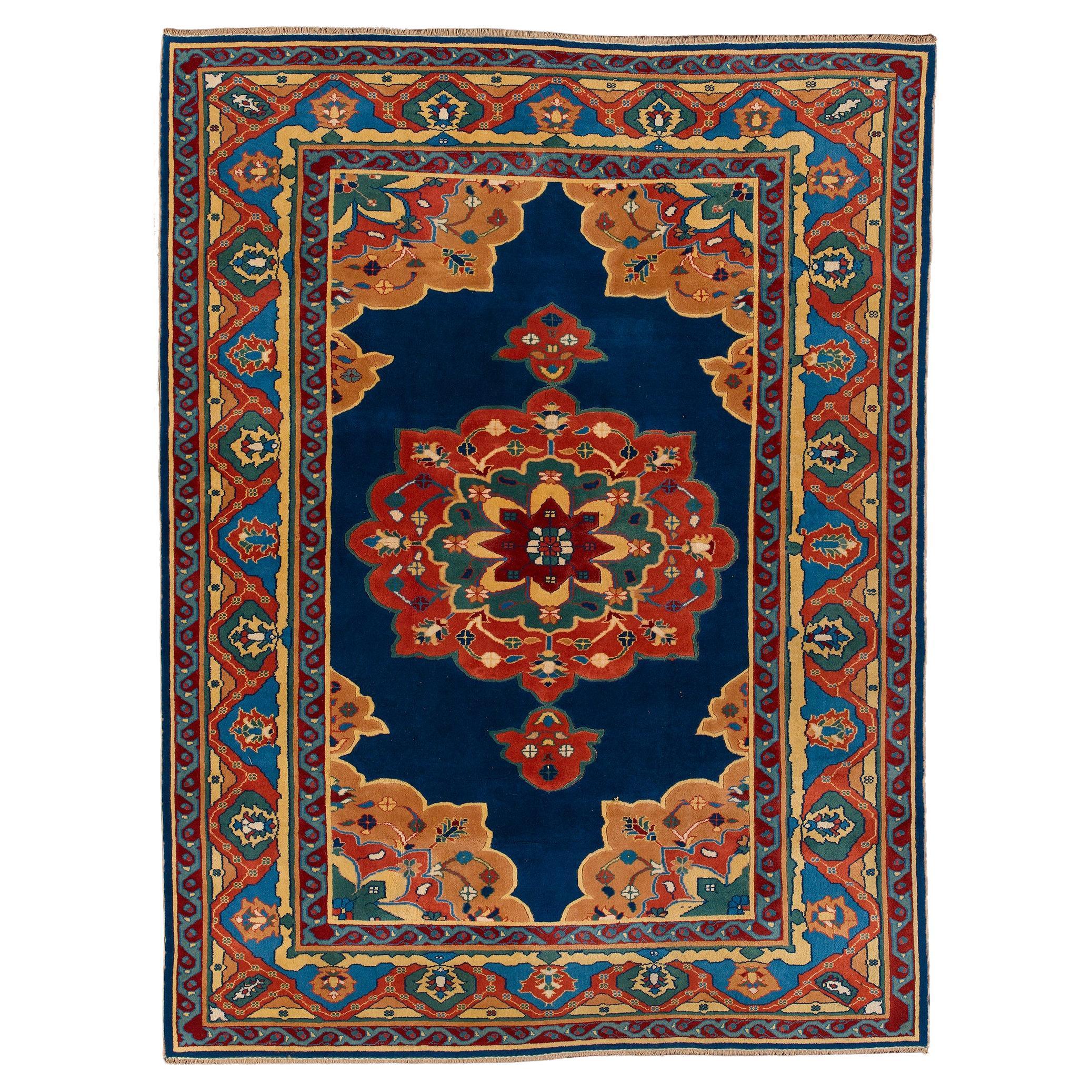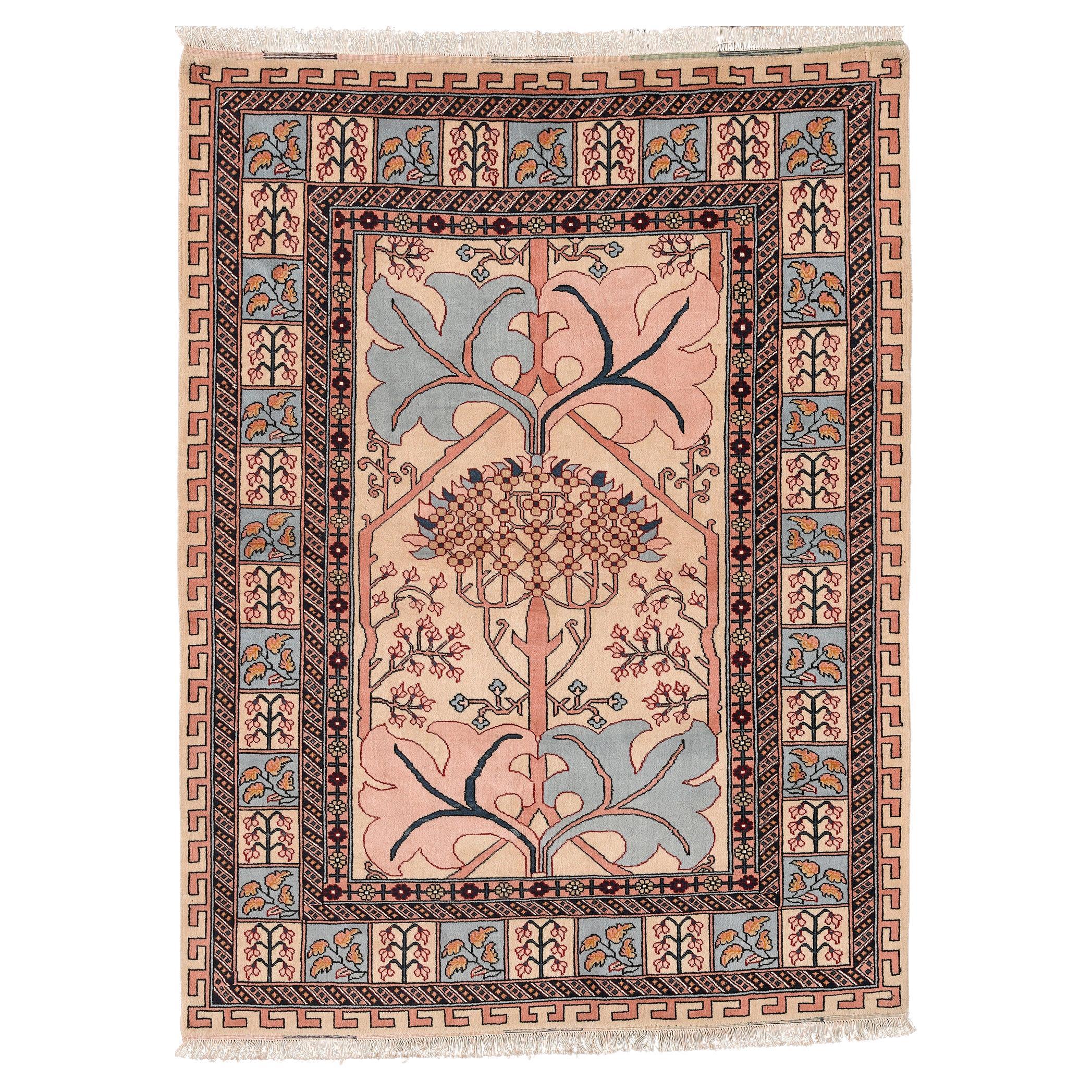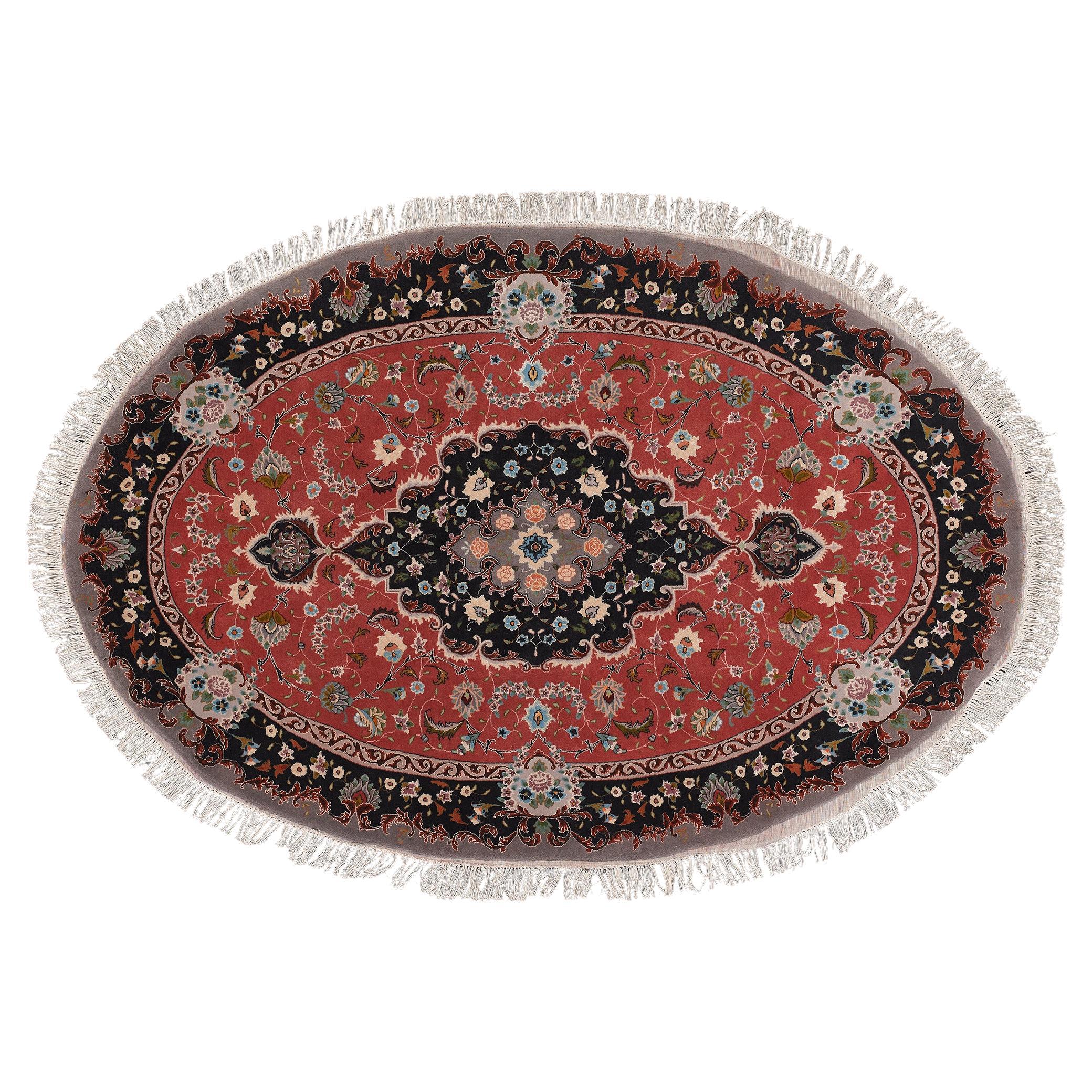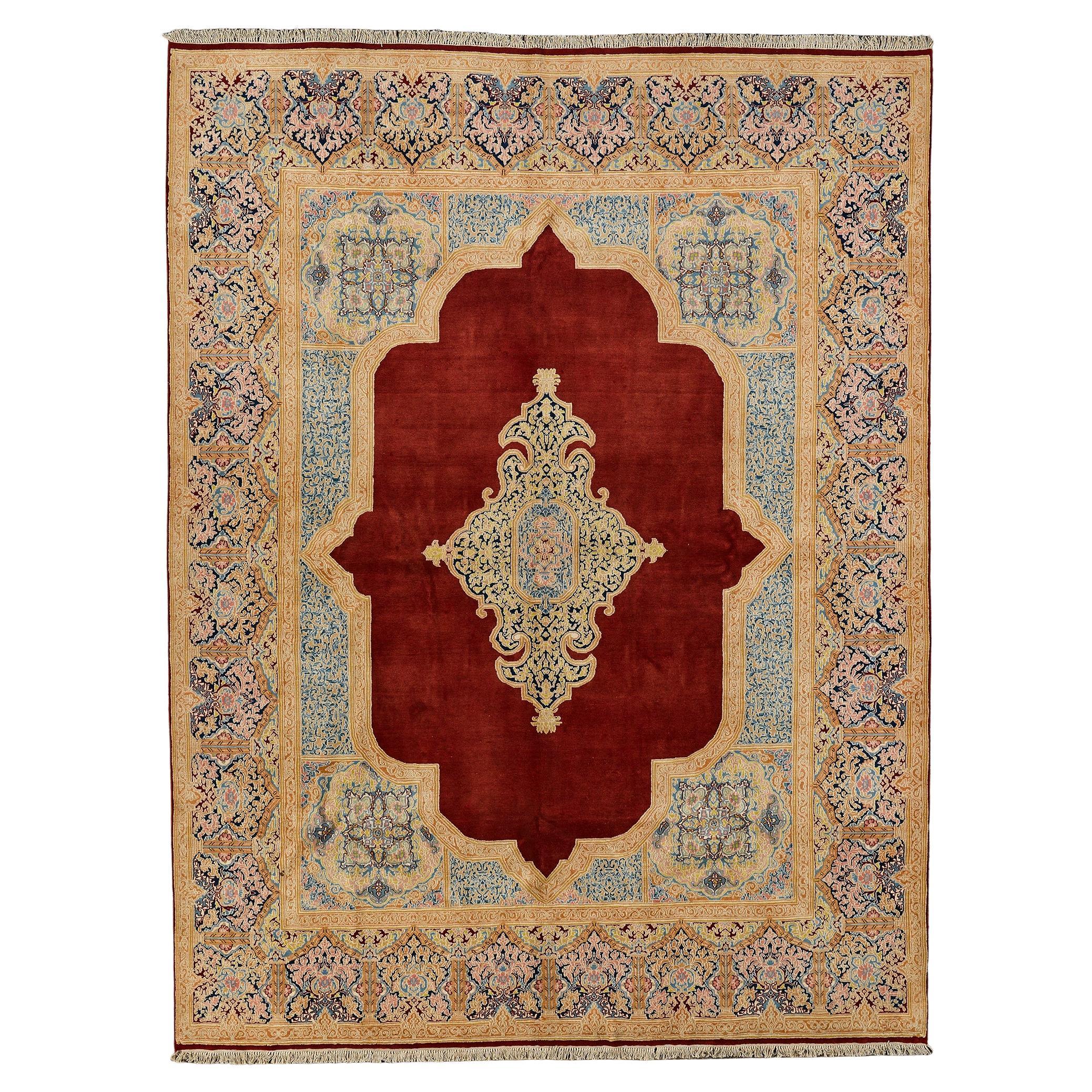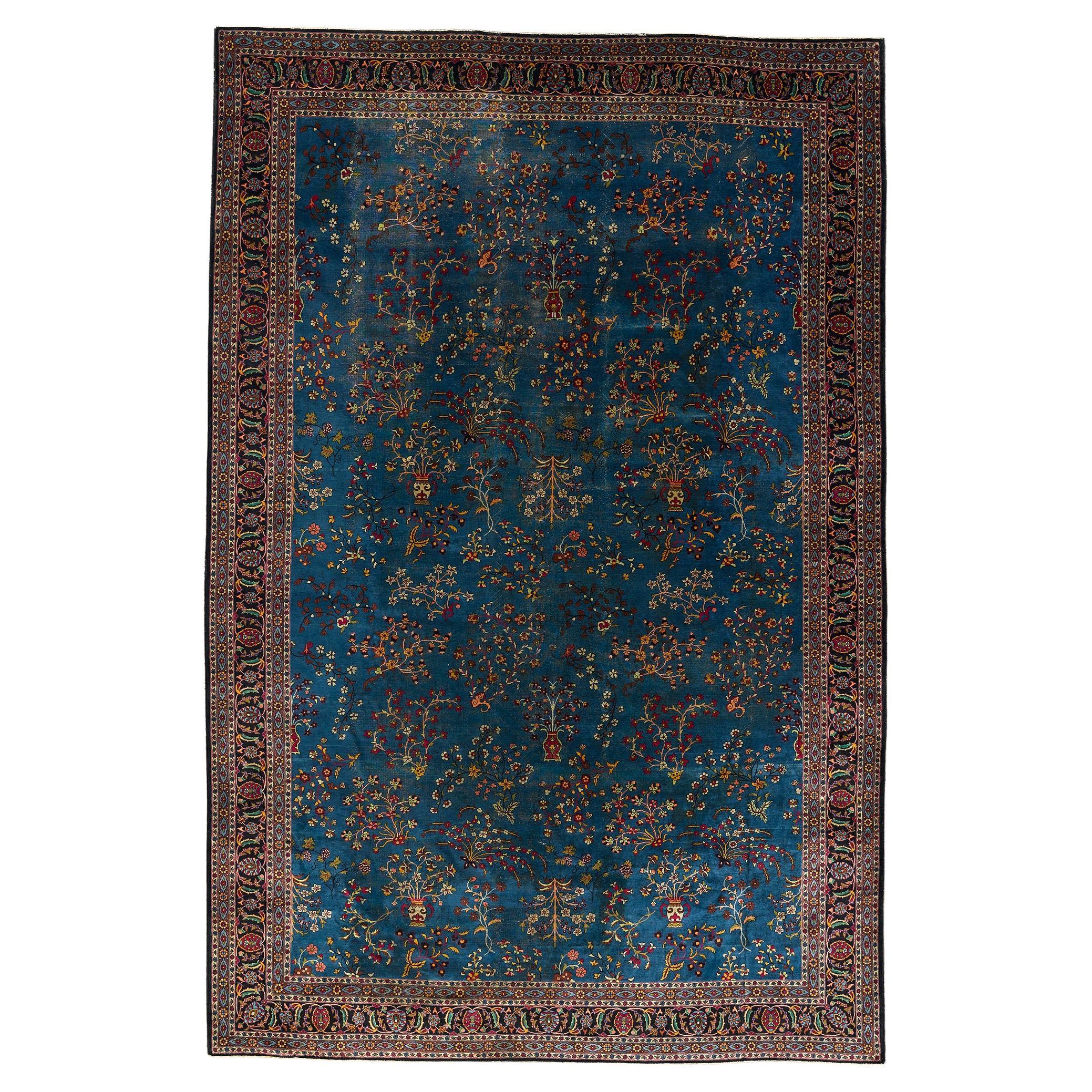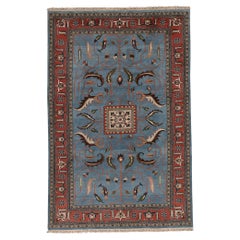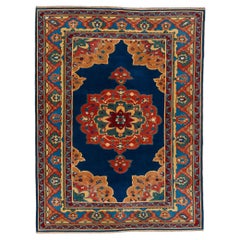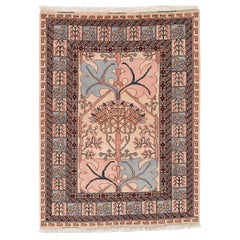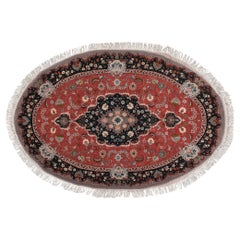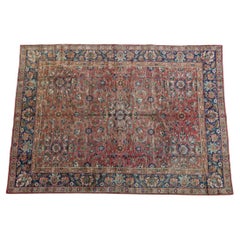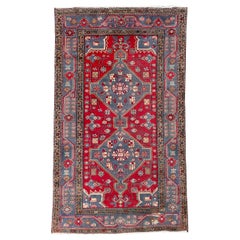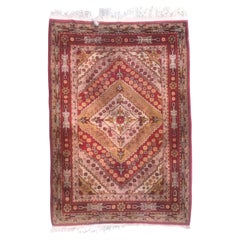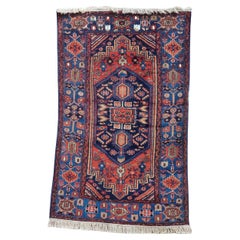Want more images or videos?
Request additional images or videos from the seller
1 of 12
Mongolia carpet cod.046
$17,590.31
£13,007.70
€14,712
CA$24,342.35
A$27,103.71
CHF 14,104.24
MX$327,136.65
NOK 176,880.23
SEK 167,074.52
DKK 112,032.68
About the Item
Carpet of Mongolian manufacture. Elaborate floral motifs and intricate arabesques spread across the surface. The carpet is dominated by delicate tones of beige, cream and gray, with pinkish and blue accents. The rug is made of hand-knotted wool
- Creator:Architetti Artigiani Anonimi (Manufacturer)
- Dimensions:Width: 119.69 in (304 cm)Length: 96.46 in (245 cm)
- Materials and Techniques:Wool,Hand-Knotted
- Place of Origin:
- Period:
- Date of Manufacture:1800
- Condition:Minor losses.
- Seller Location:Ravenna, IT
- Reference Number:1stDibs: LU10088243840112
About the Seller
No Reviews Yet
Recognized Seller
These prestigious sellers are industry leaders and represent the highest echelon for item quality and design.
Established in 1968
1stDibs seller since 2024
Typical response time: 1 hour
- ShippingRetrieving quote...Shipping from: Ravenna, Italy
- Return Policy
Authenticity Guarantee
In the unlikely event there’s an issue with an item’s authenticity, contact us within 1 year for a full refund. DetailsMoney-Back Guarantee
If your item is not as described, is damaged in transit, or does not arrive, contact us within 7 days for a full refund. Details24-Hour Cancellation
You have a 24-hour grace period in which to reconsider your purchase, with no questions asked.Vetted Professional Sellers
Our world-class sellers must adhere to strict standards for service and quality, maintaining the integrity of our listings.Price-Match Guarantee
If you find that a seller listed the same item for a lower price elsewhere, we’ll match it.Trusted Global Delivery
Our best-in-class carrier network provides specialized shipping options worldwide, including custom delivery.More From This Seller
View AllIran Saruk Carpet code 299
By Architetti Artigiani Anonimi
Located in Ravenna, IT
The carpet has Iranian origins. On the surface it has stylized motifs with arabesques and geometric figures, frame with well-defined details. The predominant roundel is blue, but the...
Category
Antique Early 1800s Asian Persian Rugs
Materials
Wool
Kazakhstan carpet cod.310 in hand-knotted wool
By Architetti Artigiani Anonimi
Located in Ravenna, IT
Kazak carpets originated in the Caucasus region and were made mainly by nomadic and semi-nomadic peoples. Traditional Kazak rugs generally date back to the 19th century; these rugs r...
Category
Antique Early 1800s Kazakhstani Central Asian Rugs
Materials
Wool
Iran Saruk carpet cod. 171
By Architetti Artigiani Anonimi
Located in Ravenna, IT
Hand-knotted Sarouk rug, Iran, 20th century. It features a refined floral motif with the Tree of Life, a symbol of growth and continuity, framed by elegant plant details in shades of...
Category
Antique Early 1800s Asian Central Asian Rugs
Materials
Wool
Tabriz rug cod.319 in hand-knotted wool
By Architetti Artigiani Anonimi
Located in Ravenna, IT
Tabriz carpet type is one of the most prestigious types of Persian carpets from the city of the same name located in the northwestern region of Iran. The manufacture of Tabriz is kno...
Category
Antique Early 1800s Azerbaijani Central Asian Rugs
Materials
Wool
Iran carpet cod. 008
By Architetti Artigiani Anonimi
Located in Ravenna, IT
Old Persian carpet, Isfahan, made in the 19th century, an example of Islamic and Persian art, heavily inspired by Qur'anic covers and illuminated manuscripts. It features a central m...
Category
Antique Early 1800s Asian Persian Rugs
Materials
Wool
$11,298
Kirman carpet cod.006
By Architetti Artigiani Anonimi
Located in Ravenna, IT
Carpet of classical Persian origin, on whose surface appear floral ornaments on a dark background, elaborate edging with minute details. The predominant tone is dark blue. The rug is...
Category
Antique Early 1900s Persian Persian Rugs
Materials
Wool
$31,804
You May Also Like
European carpet with Zigler design (Austria)
Located in Firenze, FI
Austrian carpet, with Ziegler carpet design, a high-quality handcrafted creation made entirely by hand from fine wool. It measures 280 x 390 cm, ample dimensions that make it suitabl...
Category
Vintage 1960s Austrian Western European Rugs
Materials
Wool, Cotton
Bobyrug’s Nice Antique Malayer Rug
Located in Saint Ouen, FR
Beautiful early 20th century Malayer rug with a beautiful geometrical design and beautiful natural colors, entirely hand knotted with wool velvet on cotton foundation.
✨✨✨
"Experien...
Category
Early 20th Century Asian Rustic Persian Rugs
Materials
Wool, Cotton
$1,434 Sale Price
20% Off
Bobyrug’s Beautiful Vintage Sinkiang Khotan Rug
Located in Saint Ouen, FR
Discover the exquisite charm of this mid-20th century Chinese Khotan rug, featuring a captivating geometrical design in vibrant yellow, green, and red hues. Entirely hand-knotted wit...
Category
Mid-20th Century Chinese Khotan Central Asian Rugs
Materials
Wool, Cotton
Bakhtiari Persian tribal rug, hand-knotted, western Persia.
Located in Vicenza, IT
Wonderful Persian rug of tribal manufacture attributable to the Bakhtiari people, active in the mountainous area of southwestern Iran. The carpet features a central field with a geom...
Category
21st Century and Contemporary Persian Tabriz Persian Rugs
Materials
Wool
Vintage Ardebil Rug 7'3'' x 11'0''
Located in New York, NY
Vintage Ardebil Rug 7'3'' x 11'0''.
Category
Late 20th Century Persian Central Asian Rugs
Materials
Wool, Cotton
Antique Persian Doroksh
By Mehraban Rugs
Located in WEST HOLLYWOOD, CA
This sophisticated Persian Doroksh rug features a beautiful handspun wool pile. It is adorned with taupe, saffron, and earthy tone colors in a traditional design. Series of medallion...
Category
Early 20th Century Persian Persian Rugs
Materials
Wool
$86,000
More Ways To Browse
Bakhtiari Persian Rug
Louis Style White Chair
Air France Glass
Antique Satinwood Table
Chair Mid Century Czech
High Point Chair
Midcentury Modern Velvet Sofa
Ornament Print
Two Level Table
Vintage Car Furniture
Vintage Etched Plate
Wicker Table Top
1960s Walnut Chairs
Modernist Desk
Organic Marble Coffee Table
Sofa Germany
Carved Wooden Table Top
Claw Table
